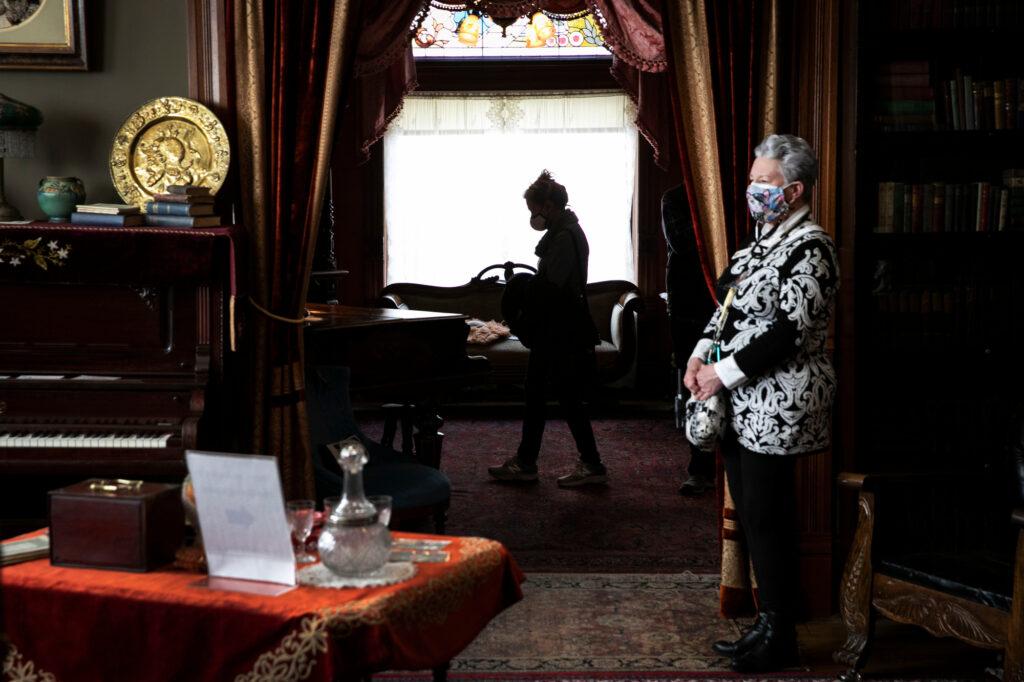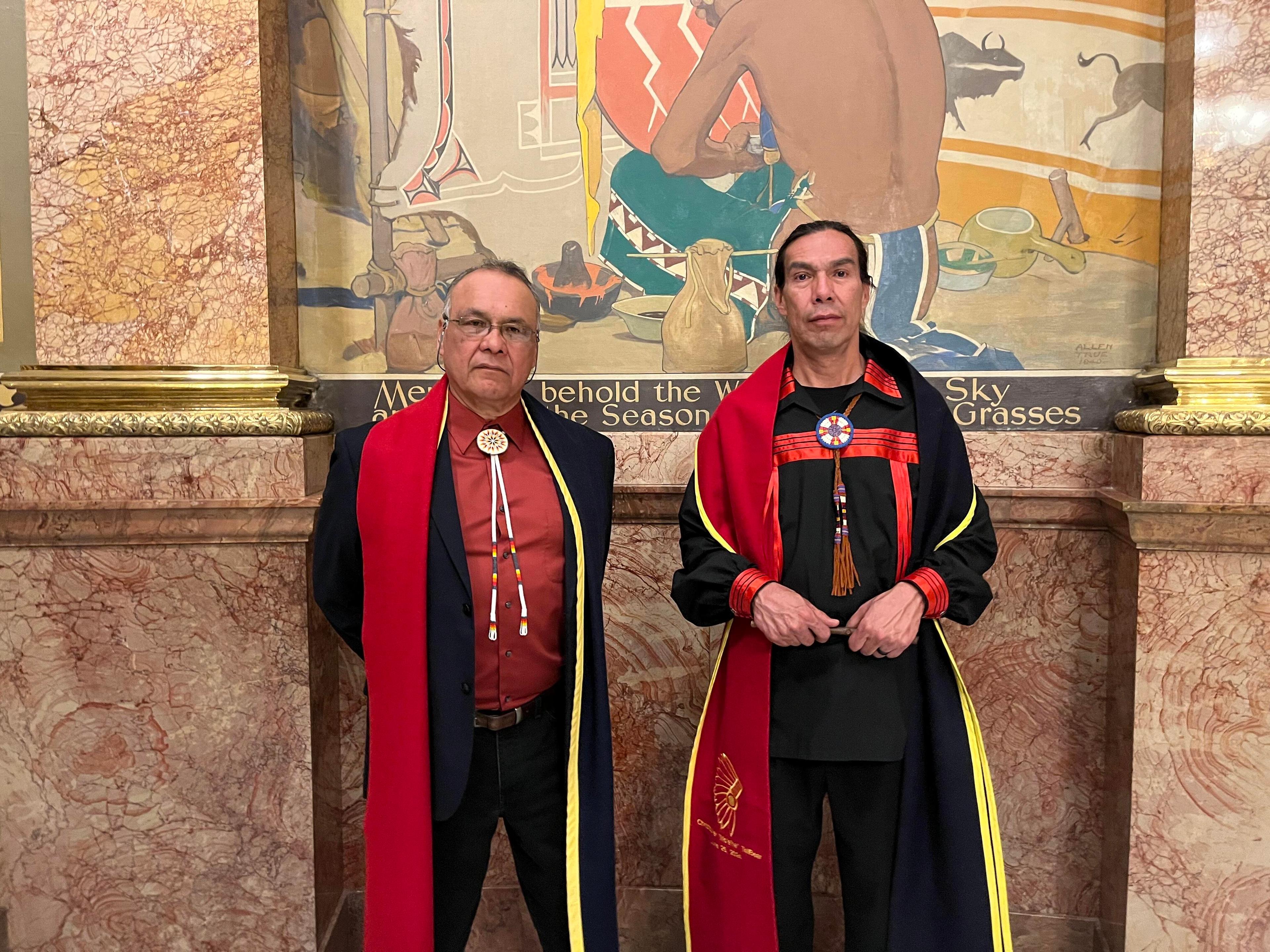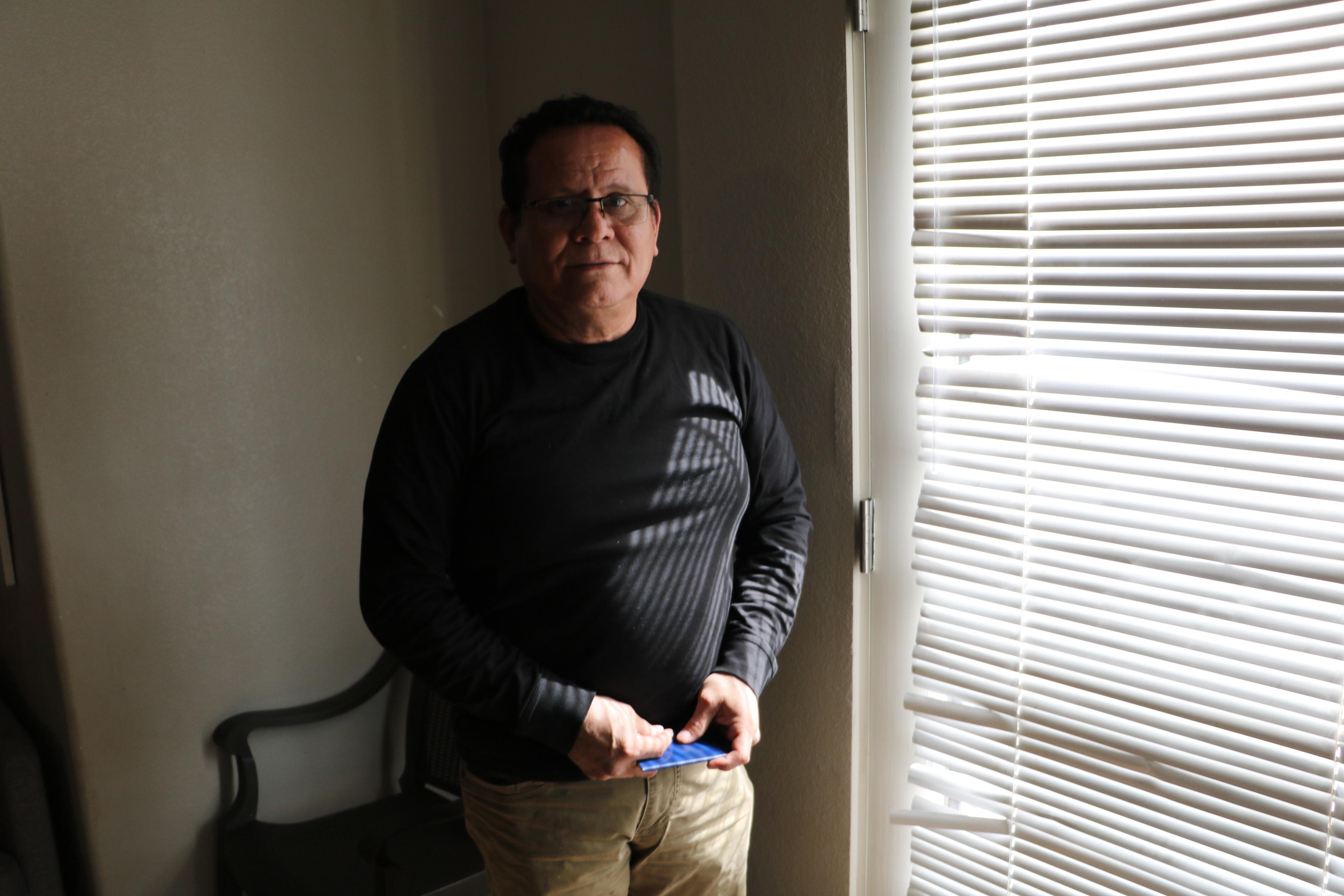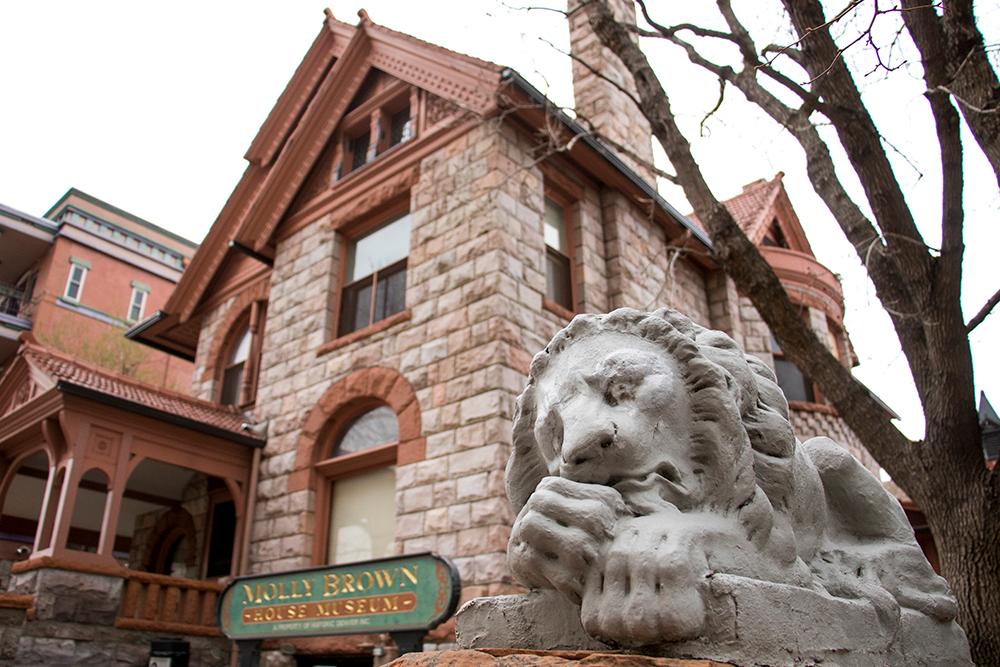
The musical “The Unsinkable Molly Brown” holds an interesting spot in Colorado history. It’s something Molly Brown House Tour Guide Pam Mahonchak regularly tells visitors.
“Not all of the listeners will remember the original movie musical, ‘The Unsinkable Molly Brown,’ which debuted here in Denver in 1964 at the Aladdin Theater on East Colfax,” Mahonchak said. “I remember it — it was my very first movie that I saw in a real movie theater, not a drive-in.”
That momentous occasion stayed with Mahonchak, but it wasn’t the full story of Margaret Tobin Brown. That story was about to get a new chapter in the wake of the popular Broadway musical-turned-movie.
“The story that it tells is not factually accurate in any way, but boy, was it popular,” she said. “I never say a bad word about that musical because it helped get this house saved six years later.”
The musical was based on the limited information the public knew about Margaret Brown at the time. Some of the myths said she was uneducated, that she once accidentally burned her money in a stove, and that she was rejected by Denver society. But there are larger-than-life details that are true: She really did survive the sinking of the Titanic, for instance. And the museum actively works to highlight the facts over fiction. But, even despite all the tall-tales, without the movie, Denver may have lost the house that Margaret Brown once called home.
The House of Lions, as the Browns’ home was affectionately called, is celebrating its 50th anniversary as a museum this year. A new exhibit reexamining its storied past and present restoration efforts offers visitors the chance to step back through time, not only to the days of Margaret Brown but also the decades-long work to bring back its original splendor. The house had many different lives after Margaret Brown died in 1932. Over the years, it was a boarding house for men, and later, a Jane Addams house for wayward girls.
By the 1960s, the house was in danger of becoming a parking lot. “Urban renewal is sweeping through Denver at the time, and huge swaths of downtown are being bulldozed over for parking lots,” said Andrea Malcomb, museum director of the Molly Brown House.
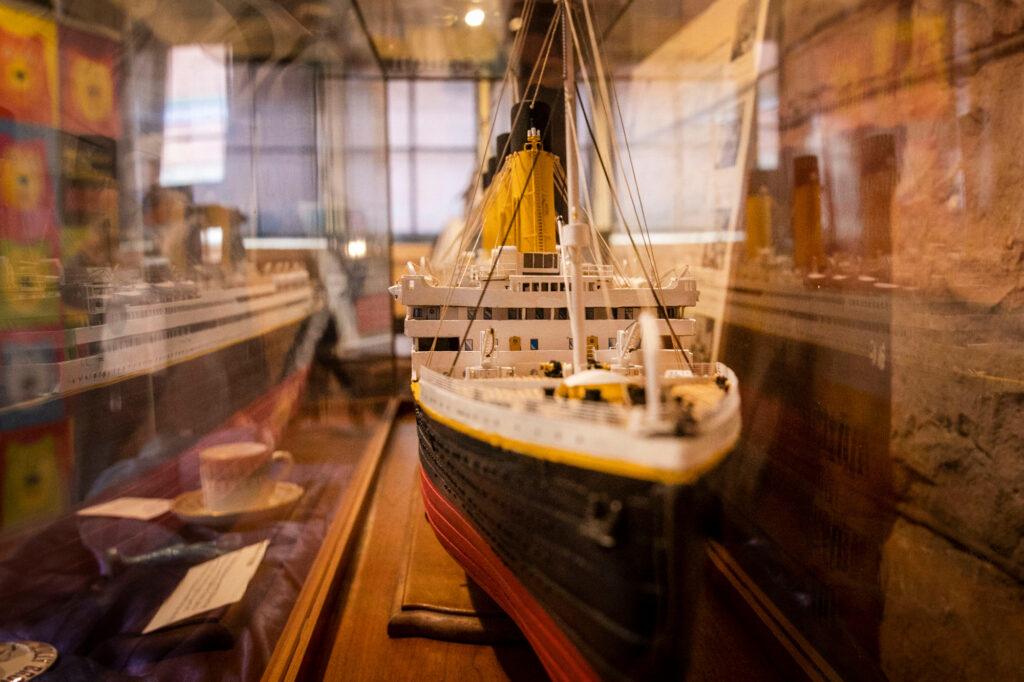
After sinking tens of thousands of dollars into restoration, the house’s owner Art Leisenring realized he needed more help — and money — to save the house than he could afford. In 1970, he asked fellow Denverites for help. The group of concerned citizens Leisenring brought together became the founding members of Historic Denver, a nonprofit that saves pieces of the city’s past that are in danger of disappearing. Mahonchak’s mother was part of that group. Ever since “The Unsinkable Molly Brown'' premiered in Denver, more and more locals wanted to see the house where the Titanic survivor once lived. The house received support from the public and many prominent Coloradans, like Ann D. Love, the wife of then-Governor John Love.
Malcomb said Historic Denver opened the doors of the house and told visitors to use their imagination to envision the past. But the lack of historic authenticity did not deter curious visitors.
“The lines were around the block for people interested in seeing this house,” Malcomb said. “Getting to see the Molly Brown House Museum inside was something that Denver was really excited about.”
Mahonchak started giving tours of the house when she was a teenager in those early days. The house was open to the public for a few weekends in April 1971, but the demand was great enough to stretch their visiting hours through the summer.
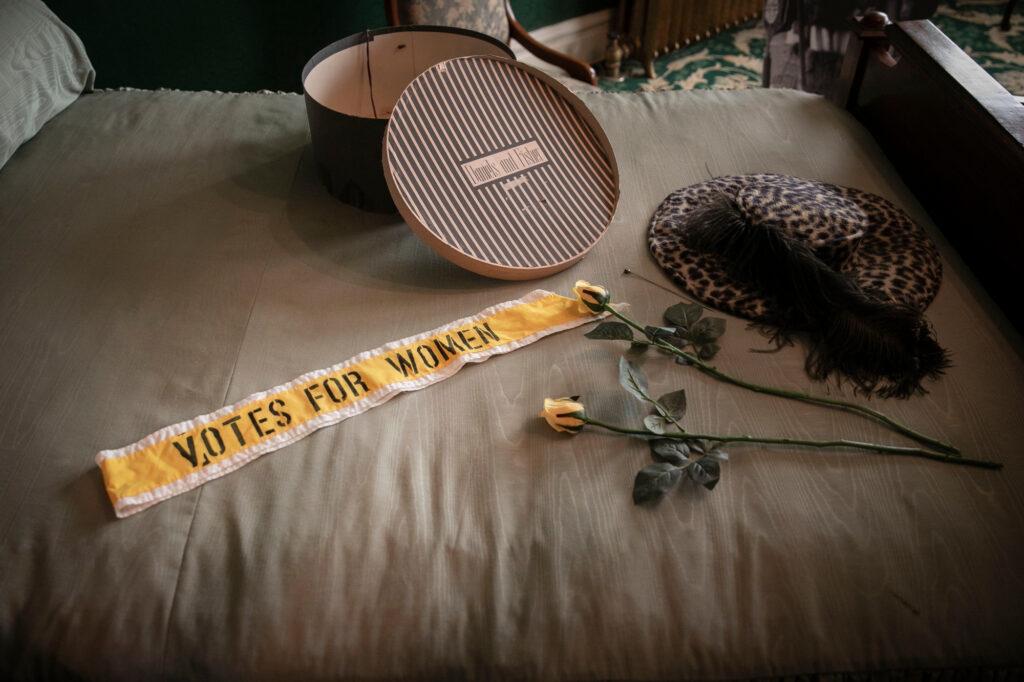
“I was one of the very first tour guides. There wasn't much to tour and there wasn't much to tell,” Mahonchak said. “We sold tickets for a dollar from a card table on the front porch. We brought them in and we showed them around as best we could around the restoration work that was going on. At one point, we even gave people plastic bags to put over their clothes because of the plaster dust.”
It would take years of restoration to get the house back to its 1910 grandeur when Brown had the house photographed in her heyday. The detailed photos of the home did not surface until the mid-1970s, but it finally meant that preservationists had a clearer picture of what the interior looked like then than ever before.
The group’s efforts to save the house may have started in the 1970s but restoration on the 132-year-old house continues today. In recent years, the porch in front of the house needed to be entirely refurbished as Denver’s weather and over a hundred years’ worth of visitors took their toll. According to Malcomb, the museum has spent over a million dollars over the past few years to clean, restore and maintain the house’s stately appearance. That includes everything from roof repair to polishing the custom stained glass windows.
Malcomb says scholars continue to find new information about the real Molly Brown, Margaret. Her many contributions to Colorado include helping raise money to build St. Joseph’s Hospital, the Cathedral Basilica of the Immaculate Conception on Colfax Avenue in Denver, and the Denver Dumb Friends League, an animal shelter.
“What we've come to learn about her is she was an amazing philanthropist,” Malcomb said. “She was a social justice advocate who was a diehard suffragist, and even made a bid for U.S. Senate to be a voice and a champion for those that don't have a voice.”
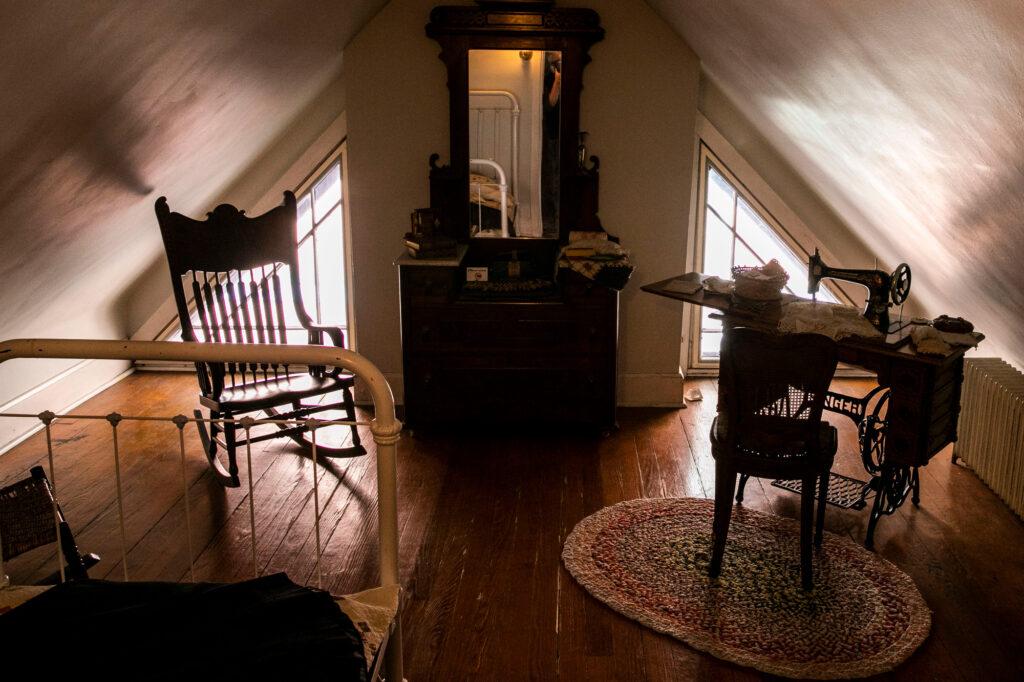
And fifty years after her mother got involved to save the house, tour guide Mahonchak is still sharing the legacies of Margaret Brown and her mother’s work with visitors.
“I do share my history with the house with my visitors,” she said. “I tell them that every week when I walk through that door, I am walking in the steps of my two favorite women. My lips tell my visitors about Margaret Tobin Brown, but my heart always and ever is telling them about my mother Eleanor Mahonchak. My mother died of breast cancer when I was only 18-years-old. I have nothing left physically of hers except an entire beautiful home. This house is not only where Margaret lives, but where my mama lives.”
